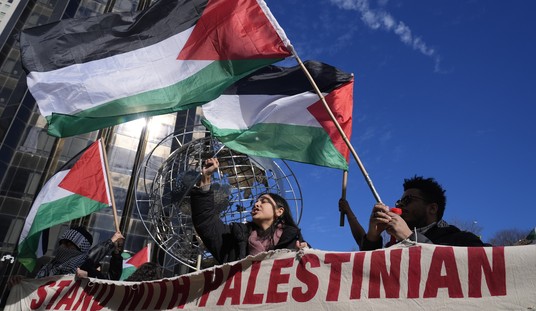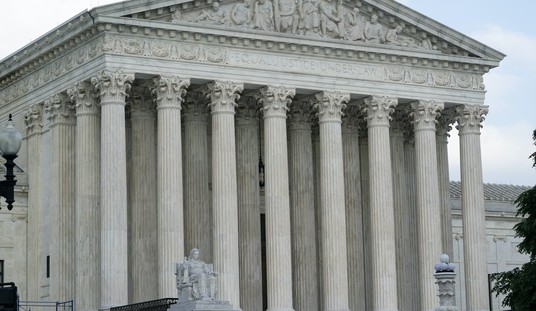Matt Walsh of the Daily Wire recently published a piece citing the need to involve government intervention in the fight against hardcore pornography. The counterargument to his assertion is that it’s a problem for parents to handle, not government, and that pornography is protected under the First Amendment as a matter of freedom of expression. These counterpoints ignore the truth that parents alone cannot handle a public health crisis and that pornography is obscenity, which is not protected by the Constitution. However, federal obscenity laws have not been enforced for the past 10 years, resulting in the National Center on Sexual Exploitation honorably mentioning the Department of Justice on the “dirty dozen” list.
I was 12 years old the first time I was exposed to online pornography and my experience with pornography has led me to become a staunch advocate against it. Unfortunately, seeing pornography at such a young age isn’t unique. Studies have shown that on average children are exposed to pornography by the time they are 11 years old. If that statistic appears alarming it only gets worse, studies have found that 93% of young men under the age of 18 have seen porn, compared to 62% of young women under the age of 18. In fact, pornography has become so mainstream across the world that a 2014 national student union survey in the UK found that “60 percent of students surveyed said they watch porn in order to learn more about sex.” Acknowledging the inseparable connection between pornography and human sex trafficking recognizes the sad truth that children are learning more about sex by watching sexual abuse.
Being more accessible than ever pornography has diminished sex and recognizes men and women as objects of pleasure, rather than people with an intrinsic and divine value. This dangerous perspective can also be found in other matters of debate, like abortion.
It is uncommon to hear someone talk about abortion and sex trafficking together. But a deeper dive into both topics exposes an unsettling truth, they have a lot more in common than meets the eye. This sentiment is echoed by The American Association of Pro-Life Obstetricians & Gynecologists, stated in their 2019 Joint Committee Opinion Pornography, Sex Trafficking and Abortion, “it is difficult to separate sexual exploitation and sex trafficking from pornography and abortion.”
Extensive research conducted by The Family Resource Center has also shined a light on the connection between pornography, sex trafficking, and abortion.
Recommended
“Every click of the mouse to view a pornographic image generates revenue for the industry. Further, when an individual supports the pornography industry through porn use, this increases the likelihood that this same individual will seek out the prostitution industry, and vice versa. This creates an increased demand for both pornographic materials and women in prostitution or sex trafficking.”
In a survey of 66 female survivors of sex trafficking, 71% reported that they became pregnant at least once while being trafficked, and 21% said they had five or more pregnancies while being trafficked. Of those 66 women, there was a combined total of 114 abortions amongst them while being trafficked. Among the victims who underwent abortions, 67.6% identified a clinic as the site for their procedures, 16.2% identified the abortions were performed at hospitals, and 13.5% identified a location known as “other.”
Pornography feeds the consumers of sex trafficking just as abortion provides a manner for men to force women to offer sexual services without consequence. The abortion industry knows this, and as revealed by Live Action in 2011, abortion providers like Planned Parenthood are willing to neglect reporting sexual abuse and perform abortions on victims of sex trafficking behind closed doors. The cycle of pornography is vicious. It feeds the sex trafficking market which then provides hopeless women to the abortion industry. This results in a profit, and there is little incentive for the abortion industry to stop its services or report sexual abuse.
Providing abortions to women who are being forced or coerced into having an abortion only reinforces the practice of pimps using their power over women. The effect this has on an individual’s mental and physical health is immeasurable.
Regulating pornography through enforcing already existing obscenity laws would result in the human trafficking industry being less of a demand and has the potential to lower the occurrence of abortions on victims of sex traffickers in the country. However, many will state that the regulation of pornography is too large of a task to accomplish and that doing so will only push it underground, into the dark web, where they fail to acknowledge it already exists.
Americans should be more interested in deterring moral decline. Which, as suggested by Terry Schilling of the American Principles Project, can be accomplished “by using political power to promote virtue, public morality, and the common good.”
-- Ryan Neuhaus is a Writing Fellow of the America’s Future Foundation with experience in grassroots public policy activism


